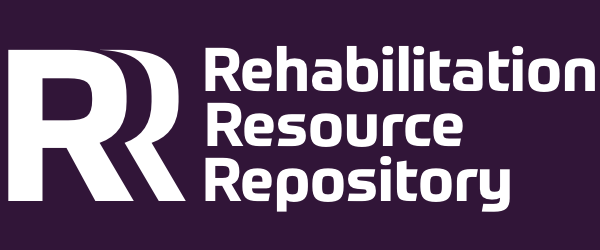Hearing aid service delivery approaches for low- and middle-income settings
It is estimated that while more than 400 million people worldwide could benefit from hearing aid use alone, only 17% get to use these devices. This gap of 83% poses a substantial global challenge as unaddressed hearing loss is a leading cause of morbidity with an annual global cost of 980 billion international dollars.
The WHO Hearing aid service delivery approaches for low- and middle-income settings is intended for use by people who plan to implement a national or subnational community level programme for the delivery of hearing aid services. It provides guidance on important factors to be considered when developing a community-level programme for the delivery of hearing aid services in low- and middle-income settings through trained non-specialists.
This document targets 2 population groups:
- children aged older than 5 years; and,
- adults aged 18 years and older.
The approaches provide directions on who should be fitted with a hearing aid; the process of assessment; the tools to be used; and the protocol for follow-up.
Target audience
- Ear and hearing care coordinators or focal points within ministries of health.
- Public health planners.
- Nongovernmental organizations or civil society entities that provide ear and hearing care.



